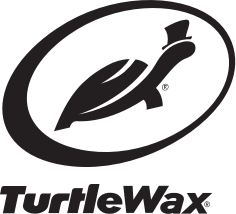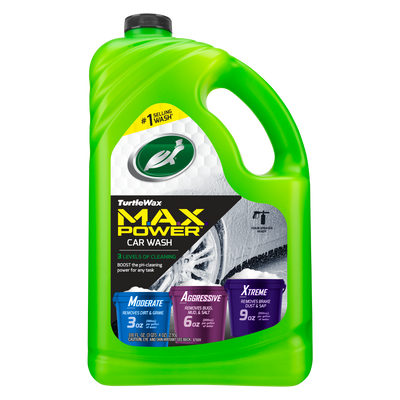
-
Exterior
-
Interior
-
Hybrid Solutions
Featured
- MISTER CARTOON
-
Kits
Featured
- Accessories
- Learn
-
Rewards
Earn Points Today
-
Product Finder
What Are You Working On Today?
- Home
-
Exterior
- Buy One Get One Free Deals
- New
- Best Sellers
- Problem Solvers
-
Wash
- waterless
- wash & wax one steps
- extreme foam
- heavy duty cleaners
- ph neutral car wash
- exterior car glass cleaner spray
- View all Wash
- Wax, Seal & Coat
- Paint Correct
-
Restore
- headlight restoration
- restore scratch repair
- trim restoration
- bug & tar
- metal & chrome finish
- View all Restore
- Wheel & Tire
- View all Exterior
-
Interior
- Buy One Get One Free Deals
- New
- Best Sellers
- Cleaners
- Carpet, Mats & Upholstery
-
Leather Care
- leather cleaner & conditioner
- best car interior cleaning products for leather-vinyl-rubber
- View all Leather Care
- Odor Elimination
- View all Interior
-
Hybrid Solutions
- Buy 1 Get 1 Free
- New
- Best Sellers
- Ceramic
- Graphene
- Interior
- Hybrid Solutions Pro
- View all Hybrid Solutions
-
Mister Cartoon
- Mister Cartoon Air Care & Foggers
- Mister Cartoon Wash, Wax & Detailer
- Mister Cartoon Interior, LVP & Protectant
- Mister Cartoon Wheel & Tire
- View all Mister Cartoon
-
Car Care Kits
- New
- Best Sellers
- Vehicle Detailing Kits
- Exterior Kits
- Interior Kits
- Hybrid Solutions Kits
- View all Car Care Kits
-
Accessories
- New
- Best Sellers
- Wax application
- Exterior Accessories
- Interior Accessories
- Buckets
- Cutting Pads
- Towels
- Sponges & Mitts
- Apparel
- View all Accessories
- Rewards
- Learn
- Product Finder
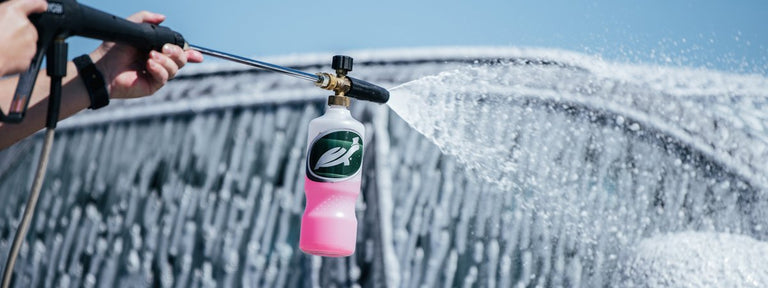
Pressure Washers for Trucks and RVs
In this article you will learn:
- How to use a portable pressure washer to clean your truck or RV
- Which cleaners and car wash accessories to use with a pressure washer
- Timesaving tips for pressure washing your vehicle
Washing your truck or RV is a pretty big job. That’s a lot of surface area to cover! But luckily, there are some things you can do to cut this task down to size, including incorporating a pressure washer into your cleaning routine.
Pressure washers (also known as power washers) offer much more cleaning power than your regular garden hose, using a high pressure spray to rinse away more dirt and soils to get your vehicle clean faster and a lot more efficiently. They even help to conserve water, which is especially handy if you’re power washing a whole fleet of trucks or RVs.
If you’re new to pressure washers, don’t worry—they’re not as intimidating as they look! In fact, pressure washers are quite easy to use, and once you see just how much easier pressure washing is, as opposed to handwashing, you’ll never want to go back to the old bucket-and-sponge approach again.
In this guide, we’ll teach you everything you need to know to pressure wash your truck or RV!
What you need to know
Let’s start with the basics. There are two types of pressure washers: electric and gas. An electric powered pressure washer delivers anywhere from 1200 to 2500 psi. You’ll want to stick with this type of machine for pressure washing your vehicle. Gas powered pressure washers are better for heavy duty jobs like power washing a parking lot or a sidewalk, delivering up to 3500 psi.
You should never use more than 1500 psi on the body of any vehicle, so using a gas power washer would be a bit of an overkill. The last thing you want is to chip or damage the paint you're trying to clean!
You’ll also want to make sure you have the right spray attachments for pressure washing your vehicle. Never use a bullet tip on any surface of your truck or RV. A tip this small will create a stream of water so powerful that it could damage the clear coat. We recommend a fan spray attachment that creates a stream of water that’s no less than 45 degrees to rinse your vehicle’s paint surfaces and trim, and no less than 10 degrees to blast the dirt off your wheels and tires.
Gather your supplies
To pressure wash your vehicle, the first thing you’ll need is an all-purpose car wash soap. We recommend Turtle Wax Zip Wax Car Wash for a quality car wash that effortlessly lifts dirt and stains or our Hybrid Solutions Pro Pure Wash for a more lubricating solution that protects your vehicle from scratches and swirls.
If you just drove the RV home from a camping trip, or your truck is particularly dirty, you may need a stronger cleaning solution to remove tougher stains, like tar, bird droppings or tree sap. Our M.A.X. Power Detergent is great for tackling these kinds of messes, and this car wash is easily adjustable simply by changing the concentration of car wash soap you add to your bucket. Turtle Wax Bug & Tar Remover is also ideal for treating stubborn stains and soils for a spotless finish.
You’ll also need a garden sprayer to apply your car wash soap to the surface of your vehicle. Some pressure washers come with a separate canister for your cleaning solution but switching back and forth between attachments can be a real hassle. To save time and energy, we recommend having a separate, 1–2-gallon sprayer on hand.
Along with these supplies, you’ll also need several cleaning tools and accessories, including a car wash mitt, a chenille car wash mop, and several microfiber drying towels.
And of course, you’ll need a separate cleaner and scrubbing tool to remove all that brake dust from your wheels and tires. We recommend our All Wheel & Tire Cleaner, along with the Wheel Woolie 3-piece Brush Set to get those rims and sidewalls shining like new again.
Now that you’ve got your supplies, let’s get to work!
Pressure washing your wheels
Pressure washing your vehicle is really two separate jobs. The first is cleaning your wheels and tires, and then cleaning the body of your vehicle. Let’s start with the wheels.
Spray your wheels and tires down with your pressure washer using the 10-degree tip to rinse any loose soils and cool down the rubber and metal.
Spray All Wheel & Tire Cleaner on one of your wheels and allow the product to dwell for about a minute. Then, use the Wheel Woolie brush to scrub and agitate any difficult stains and soils. Be sure to scrub your wheel facing, spokes and deep underneath your brake calipers!
Then, rinse the wheel with your pressure washer, holding it 6-8 inches away from the center of the wheel. Work your way around the wheel in a clockwise motion before moving on to the tires, bringing the fan of your spray a bit closer to really get into the pores of the rubber.
Once you’ve finished rinsing the wheel, towel dry completely. Then give your wheel brush a quick rinse before moving on to the next wheel.
After cleaning all four wheels, it's time to move on to the body of your vehicle.
Pressure washing the rest of your vehicle
Remove the 10-degree tip you used to wash your wheels and switch to a 45-degree tip. Then, like with your wheels, start by giving the entire body of your vehicle a quick rinse. Start at the top and work down to remove any loose soils and cool down any surfaces that are warm to the touch.
Fill the garden sprayer with your preferred cleaning solution. Then, use the spray gun to apply an even layer of car wash soap to one panel or 2' x 2’ section of your vehicle, starting with the lower rocker panels and working your way up.
Be sure to only use car wash soap on areas of your truck or RV that you can reach. Soaping up hard-to-reach areas, such as the roof of your vehicle, could result in car wash soap drying down on the surface of your vehicle, leaving stains and residues on the clear coat.

Use your chenille wash mop to massage the car wash soap into the surface of your vehicle. For more intricate surfaces, like the grill and front and rear bumpers, use your microfiber wash mitt to remove dirt and soil buildup from these tight spaces.
Rinse each section with your pressure washer, holding the tip 6 inches away from the paint and 12 inches from your plastic trim. Hand dry with a folded, microfiber towel before moving on to the next section.
Repeat these steps until you’ve worked your way around the entire vehicle. Then, treat any difficult stains or soils that won’t come clean with Turtle Wax Bug & Tar Remover. Just spray each stain until fully saturated and give the product time to dwell and work its magic. Then, wipe each stain clean with a fresh, microfiber cloth and voila! Your vehicle is sparkling clean!
Wax after you wash
Now that you’ve pressure washed your vehicle, it's time to protect that flawless finish with a fresh layer of wax! Waxing your truck or RV will make it easier to clean and protect your paintwork from scratches, swirls and oxidation. It only takes 20-30 minutes to apply a spray wax to your truck or RV and trust us—your vehicle will thank you for the effort.
We recommend our Hybrid Solutions PRO Flex Wax to give your vehicle the longest lasting protection around! This powerful spray is infused with pure graphene, the strongest substance known to man. Just apply 1-2 sprays to each panel and buff it in with a fresh, microfiber cloth to give your vehicle up to 6 months of scratch and swirl resistance and a deep, cloud-reflecting shine!


Max Power Car Wash
- Three levels of cleaning power from moderate to extreme for the wash best suited to your needs
- Removes stains, tar, tree sap and even old wax to prep and restore tired surfaces
- Fragrance-infused formula creates a pleasant atmosphere for a refreshing car care routine
Turtle WaxMax Power Car Wash
100.0 fl oz
- Adjustable Strength: User Control
- Enough for Over 20 Washes
- Eliminates Toughest Dirt and Grime
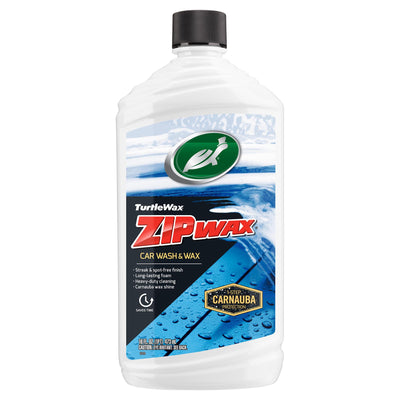
Zip Wax Car Wash & Wax
- Clean and shine in no time!
- Spot-free rinsing
- Formulated with carnauba wax for extra shine and protection
Turtle WaxZip Wax Car Wash & Wax
16.0 fl oz
- 2in-1: Wash & wax benefits
- Carnauba car wax for incredible shine
- Simple Use: Mix, Wash, Rinse
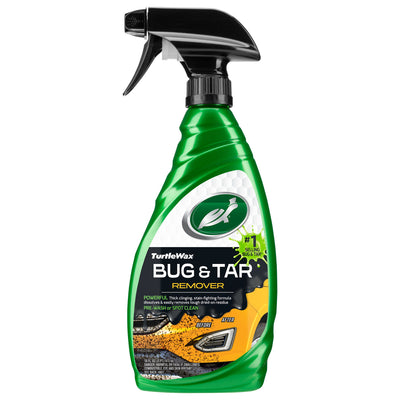
Bug & Tar Remover
- Advanced chemical formula breaks down and removes bug remnants, sticky tar, fresh tree sap deposits and other tough stains on the surface of your vehicle
- Simple, yet powerful spray and wipe solution; perfect for quick, on-the-go use
- Safe to use on metal, glass and plastic surfaces
Turtle WaxBug & Tar Remover
16.0 fl oz
- Removes Insects & Tar: Deep Clean
- Safe & Gentle on car finishes
- Simple Use: Spray on, wipe off

Max Power Car Wash
- Three levels of cleaning power from moderate to extreme for the wash best suited to your needs
- Removes stains, tar, tree sap and even old wax to prep and restore tired surfaces
- Fragrance-infused formula creates a pleasant atmosphere for a refreshing car care routine

Zip Wax Car Wash & Wax
- Clean and shine in no time!
- Spot-free rinsing
- Formulated with carnauba wax for extra shine and protection

Bug & Tar Remover
- Advanced chemical formula breaks down and removes bug remnants, sticky tar, fresh tree sap deposits and other tough stains on the surface of your vehicle
- Simple, yet powerful spray and wipe solution; perfect for quick, on-the-go use
- Safe to use on metal, glass and plastic surfaces
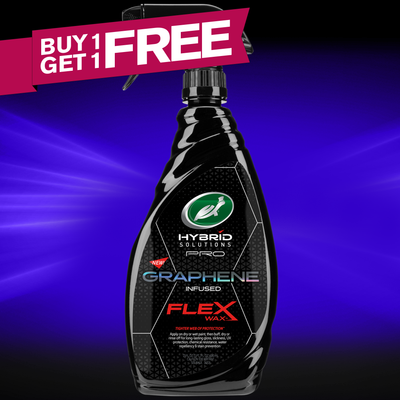
Graphene Flex Wax
- Buy One Get One Free on this Item - Use Code: B1G1FLEX
- Can not be used in conjunction with any other discount codes
- Ultra-premium car wax spray protects and shines wet and dry surfaces
- Patent Pending Graphene Infusion creates the Tighter Web Of Protection
- Simple spray-on solution can be used as a dry wax, rinse wax or even both!
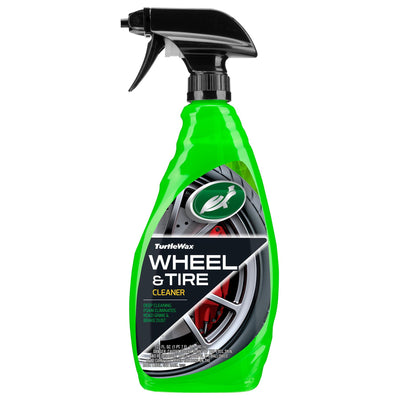
All Wheel & Tire Cleaner
- High-performing power foam breaks up dirt, mud, residue and brake dust
- Easy to use, spray and rinse wheel and tire cleaner
- Non-acidic and safe
WANT MORE TURTLE WAX?
Subscribe for your newsletter and the rewards will be in your inbox before you even get there
Latest
News, events and insights from Turtle Wax® worldwide
Offers
Exclusive offers and discounts on Turtle Wax® products
Rewards
Regular treats and surprises for all subscribers
Thanks! You should receive a confirmation email shortly.
